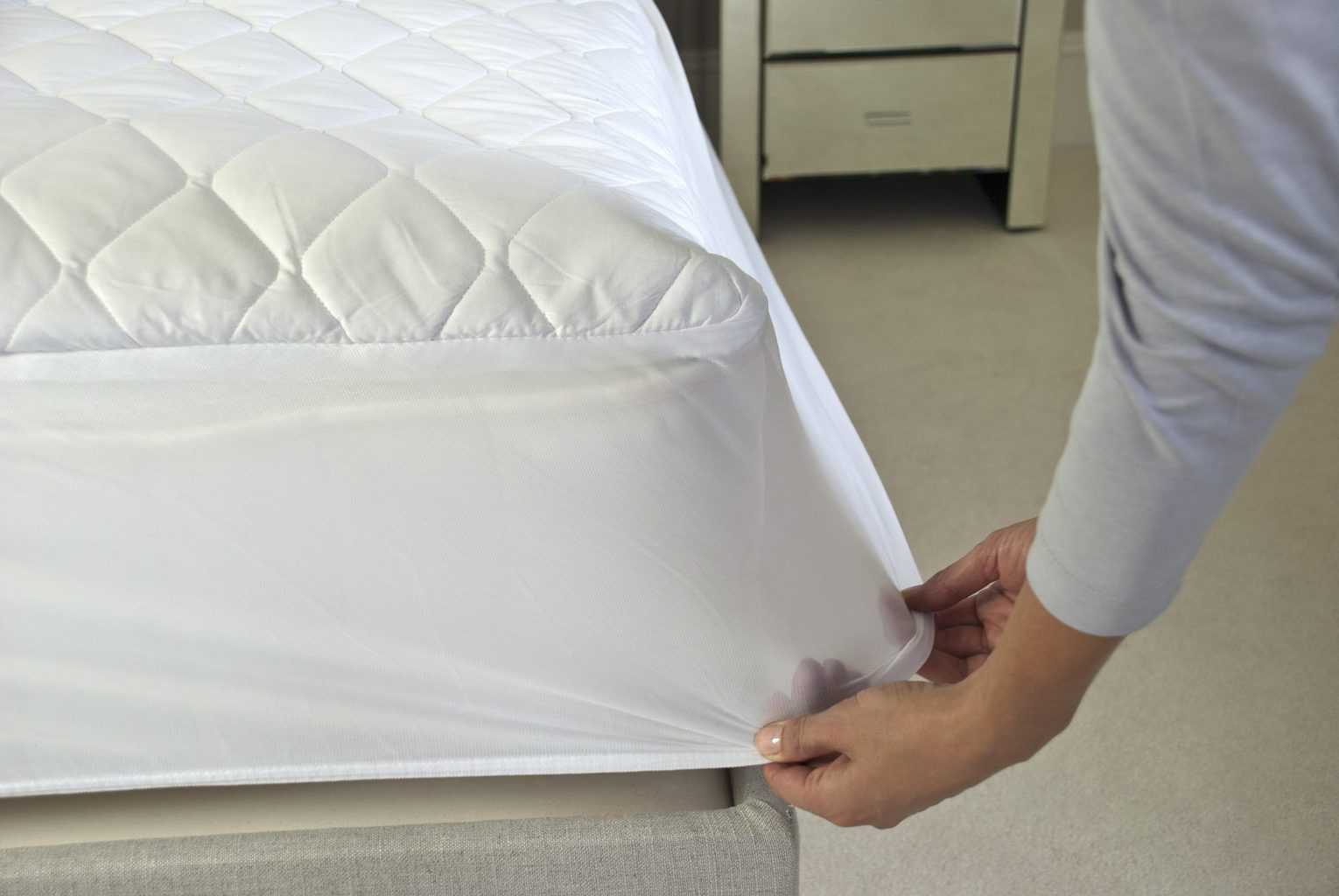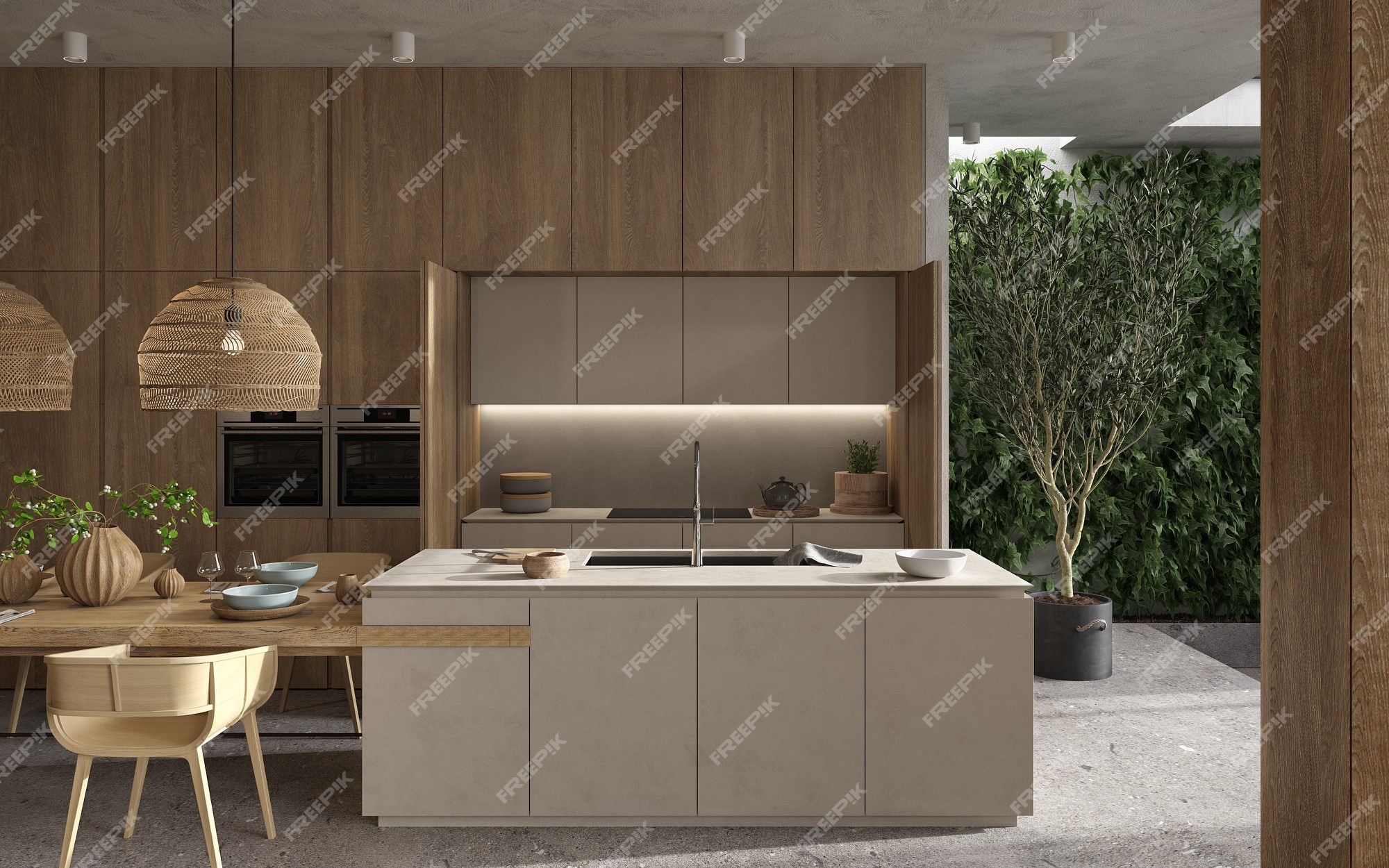1. How to Fix a Clogged Kitchen Sink with a Garbage Disposal
Dealing with a clogged kitchen sink can be a frustrating and messy situation, especially if you have a garbage disposal. While the disposal is meant to make clean-up easier, it can also contribute to clogs if not used properly. Fortunately, fixing a clogged kitchen sink with a garbage disposal is not as difficult as it may seem. Follow these simple steps to get your sink draining properly again:
Step 1: Turn off the power to the garbage disposal by unplugging it or turning off the circuit breaker. This will prevent any accidents while working on the clog.
Step 2: Check to see if there is any visible blockage in the disposal. Use tongs or pliers to remove any large objects that may be causing the clog.
Step 3: If there is no visible blockage, try using a plunger to loosen the clog. Fill the sink with enough water to cover the rubber portion of the plunger, place it over the drain, and give it a few firm pumps.
Step 4: If the plunger does not work, you can try using a drain snake. Insert the end of the snake into the drain and turn the handle to push it further down. Continue turning and pushing until you feel the snake break through the clog.
Step 5: Once the clog is cleared, run hot water down the drain to flush out any remaining debris. Then, turn the power back on and test the garbage disposal to ensure it is working properly.
2. Troubleshooting a Garbage Disposal That Won't Drain
Is your garbage disposal not draining even after trying to fix a clog? There could be a few different reasons for this, and it's important to troubleshoot the issue to prevent further damage to your disposal. Here are some common causes of a garbage disposal that won't drain and how to fix them:
Low Water Pressure: If your sink is not draining properly, it could be due to low water pressure. Check the water supply valve under the sink and make sure it is fully open. If it is, try cleaning the aerator on the faucet to improve water flow.
Damaged Disposal: If your garbage disposal is making a humming noise but not grinding any food, it may be damaged and in need of repair or replacement. In this case, it's best to call a professional for assistance.
Clogged Drain Line: If water is not draining from your sink at all, the issue may be a clogged drain line. You can try using a drain snake to clear the line, but if that does not work, it's best to call a plumber for help.
3. How to Unclog a Kitchen Sink with a Garbage Disposal
Unclogging a kitchen sink with a garbage disposal may seem like a daunting task, but with the right tools and techniques, it can be done quickly and easily. Here are some steps to follow for unclogging your kitchen sink:
Step 1: Turn off the power to the garbage disposal by unplugging it or turning off the circuit breaker.
Step 2: Use tongs or pliers to remove any large objects that may be causing the clog in the disposal.
Step 3: Fill the sink with enough water to cover the rubber portion of the plunger. Place the plunger over the drain and give it a few firm pumps.
Step 4: If the plunger does not work, try using a drain snake. Insert the end of the snake into the drain and turn the handle to push it further down. Keep turning and pushing until the snake breaks through the clog.
Step 5: Once the clog is cleared, run hot water down the drain to flush out any remaining debris. Then, turn the power back on and test the garbage disposal to ensure it is working properly.
Step 6: To prevent future clogs, make sure to run hot water down the drain after each use and avoid putting large amounts of food or grease down the disposal at one time.
4. Common Causes of a Clogged Kitchen Sink with a Garbage Disposal
There are several reasons why your kitchen sink with a garbage disposal may become clogged. Knowing the common causes can help you prevent clogs in the future. Here are some of the most common reasons for a clogged kitchen sink:
Improper Use of the Garbage Disposal: One of the main causes of a clogged kitchen sink with a garbage disposal is improper use of the disposal. Avoid putting large amounts of food or grease down the disposal, as well as non-food items like paper towels or plastic.
Insufficient Water Flow: If there is not enough water flowing through the sink drain, food particles and other debris can get stuck and cause a clog. Make sure to run plenty of hot water down the drain after each use to prevent this.
Old or Damaged Garbage Disposal: Over time, garbage disposals can become worn out or damaged, leading to clogs and other issues. It's important to properly maintain your disposal and replace it when necessary.
5. How to Clear a Clogged Kitchen Sink Drain with a Garbage Disposal
Clearing a clogged kitchen sink drain with a garbage disposal may seem like a daunting task, but with the right tools and techniques, it can be done quickly and easily. Here are some steps to follow to clear a clogged kitchen sink:
Step 1: Turn off the power to the garbage disposal by unplugging it or turning off the circuit breaker.
Step 2: Use tongs or pliers to remove any visible blockage from the disposal.
Step 3: Fill the sink with enough water to cover the rubber portion of the plunger. Place the plunger over the drain and give it a few firm pumps.
Step 4: If the plunger does not work, try using a drain snake. Insert the end of the snake into the drain and turn the handle to push it further down. Keep turning and pushing until the snake breaks through the clog.
Step 5: Once the clog is cleared, run hot water down the drain to flush out any remaining debris. Then, turn the power back on and test the garbage disposal to ensure it is working properly.
Step 6: To prevent future clogs, make sure to run hot water down the drain after each use and avoid putting large amounts of food or grease down the disposal at one time.
6. Tips for Maintaining a Working Kitchen Sink with a Garbage Disposal
Maintaining a working kitchen sink with a garbage disposal is essential for preventing clogs and other issues. Here are some tips to help you keep your sink drain running smoothly:
1. Run hot water down the drain after each use to flush out any food particles or debris.
2. Avoid putting large amounts of food or grease down the disposal at one time.
3. Regularly clean the rubber portion of the plunger and the drain with a mixture of vinegar and baking soda to prevent buildup.
4. Cut large or tough food items into smaller pieces before putting them down the disposal.
5. Use a drain strainer to catch any large particles that may cause a clog.
7. Signs That Your Garbage Disposal May Be Causing a Clogged Kitchen Sink
If you notice any of the following signs, your garbage disposal may be causing a clogged kitchen sink:
1. Slow draining sink.
2. Unpleasant odors coming from the sink drain.
3. Gurgling noises coming from the disposal when it is turned on.
4. Water backing up into the sink when the disposal is turned on.
If you experience any of these issues, it's important to address them promptly to prevent further damage to your disposal and sink drain.
8. How to Prevent a Clogged Kitchen Sink with a Garbage Disposal
The best way to deal with a clogged kitchen sink with a garbage disposal is to prevent it from happening in the first place. Here are some tips to help you prevent clogs:
1. Avoid putting large amounts of food or grease down the disposal at one time.
2. Run plenty of hot water down the drain after each use to flush out any food particles or debris.
3. Use a drain strainer to catch any large particles that may cause a clog.
4. Regularly clean the rubber portion of the plunger and the drain with a mixture of vinegar and baking soda to prevent buildup.
5. Only put small, soft food items down the disposal, and cut large or tough items into smaller pieces.
9. DIY Solutions for a Clogged Kitchen Sink with a Garbage Disposal
Dealing with a clogged kitchen sink with a garbage disposal can be a hassle, but there are some DIY solutions you can try before calling a professional. Here are some ideas:
1. Use a plunger to loosen the clog.
2. Use a drain snake to break through the clog.
3. Pour a mixture of vinegar and baking soda down the drain to help break down the clog.
4. Try using a combination of hot water and dish soap to dissolve the clog.
These DIY solutions may work for minor clogs, but if the issue persists, it's best to call a professional for assistance.
10. When to Call a Professional for a Clogged Kitchen Sink with a Garbage Disposal
If you have tried DIY solutions and your kitchen sink with a garbage disposal is still clogged, it may be time to call a professional. Here are some signs that it's time to seek professional help:
1. The clog persists even after using a plunger or drain snake.
2. The sink is completely clogged and not draining at all.
3. There are unusual noises or odors coming from the disposal.
4. The disposal is not working at all.
In these cases, it's best to leave the job to a professional plumber who has the tools and expertise to properly handle the issue.
How to Fix a Clogged Kitchen Sink Drain: A Comprehensive Guide

Introduction
 Having a functioning kitchen sink is crucial in any household. It’s where we wash our dishes, prepare our meals, and clean our hands. Unfortunately, a clogged kitchen sink drain can cause major inconveniences and disrupt our daily routines. If you’ve been experiencing this problem, don’t worry, you’re not alone. A clogged sink is a common issue that most homeowners face. In this article, we’ll discuss the causes of a clogged kitchen sink and the steps you can take to fix it.
Having a functioning kitchen sink is crucial in any household. It’s where we wash our dishes, prepare our meals, and clean our hands. Unfortunately, a clogged kitchen sink drain can cause major inconveniences and disrupt our daily routines. If you’ve been experiencing this problem, don’t worry, you’re not alone. A clogged sink is a common issue that most homeowners face. In this article, we’ll discuss the causes of a clogged kitchen sink and the steps you can take to fix it.
The Causes of a Clogged Kitchen Sink Drain
 Before we dive into the solutions, it’s important to understand what causes a kitchen sink drain to clog in the first place. The most common culprit is food particles, grease, and oil that get stuck in the drain. Over time, these substances can build up and create a blockage. Another cause could be foreign objects such as utensils or debris that accidentally fall into the sink and get stuck in the drain. Whatever the cause may be, a clogged kitchen sink is a frustrating problem that needs to be addressed immediately.
Before we dive into the solutions, it’s important to understand what causes a kitchen sink drain to clog in the first place. The most common culprit is food particles, grease, and oil that get stuck in the drain. Over time, these substances can build up and create a blockage. Another cause could be foreign objects such as utensils or debris that accidentally fall into the sink and get stuck in the drain. Whatever the cause may be, a clogged kitchen sink is a frustrating problem that needs to be addressed immediately.
Steps to Fix a Clogged Kitchen Sink Drain
 Step 1: Try a Plunger
The first step in unclogging a kitchen sink drain is to try a plunger. This simple tool can help break up any blockages and get the water flowing again. Make sure to cover the overflow hole with a wet cloth before using the plunger to create a strong vacuum. Then, plunge up and down vigorously for a few minutes until the blockage is cleared.
Step 2: Use a Drain Snake
If the plunger doesn’t work, the next step is to use a drain snake. This long, flexible tool can reach deep into the drain and remove any obstructions. Insert the drain snake into the drain and turn the handle clockwise while pushing it further in. This will help to loosen and dislodge any debris. Once you feel the drain snake hit the blockage, turn it counterclockwise to remove it.
Step 3: Try a Homemade Solution
If the plunger and drain snake don’t work, you can try a homemade solution to unclog your kitchen sink drain. Mix equal parts baking soda and vinegar and pour it down the drain. Let it sit for about 30 minutes, then pour hot water down the drain to rinse it out. The combination of these two ingredients will create a chemical reaction that can break down the blockage.
Step 4: Call a Professional
If all else fails, it may be time to call a professional plumber. They have the necessary tools and expertise to unclog your kitchen sink drain effectively. They can also inspect the drain for any potential issues and provide long-term solutions to prevent clogging in the future.
Step 1: Try a Plunger
The first step in unclogging a kitchen sink drain is to try a plunger. This simple tool can help break up any blockages and get the water flowing again. Make sure to cover the overflow hole with a wet cloth before using the plunger to create a strong vacuum. Then, plunge up and down vigorously for a few minutes until the blockage is cleared.
Step 2: Use a Drain Snake
If the plunger doesn’t work, the next step is to use a drain snake. This long, flexible tool can reach deep into the drain and remove any obstructions. Insert the drain snake into the drain and turn the handle clockwise while pushing it further in. This will help to loosen and dislodge any debris. Once you feel the drain snake hit the blockage, turn it counterclockwise to remove it.
Step 3: Try a Homemade Solution
If the plunger and drain snake don’t work, you can try a homemade solution to unclog your kitchen sink drain. Mix equal parts baking soda and vinegar and pour it down the drain. Let it sit for about 30 minutes, then pour hot water down the drain to rinse it out. The combination of these two ingredients will create a chemical reaction that can break down the blockage.
Step 4: Call a Professional
If all else fails, it may be time to call a professional plumber. They have the necessary tools and expertise to unclog your kitchen sink drain effectively. They can also inspect the drain for any potential issues and provide long-term solutions to prevent clogging in the future.
In Conclusion
 A clogged kitchen sink drain can be a nuisance, but with these simple steps, you can easily fix the problem. Remember to regularly clean your sink and avoid pouring grease or oil down the drain to prevent future clogs. If you’re still having issues, don’t hesitate to call a professional for help. A functioning kitchen sink is essential for a well-working kitchen, so don’t let a clogged drain disrupt your daily routine.
A clogged kitchen sink drain can be a nuisance, but with these simple steps, you can easily fix the problem. Remember to regularly clean your sink and avoid pouring grease or oil down the drain to prevent future clogs. If you’re still having issues, don’t hesitate to call a professional for help. A functioning kitchen sink is essential for a well-working kitchen, so don’t let a clogged drain disrupt your daily routine.


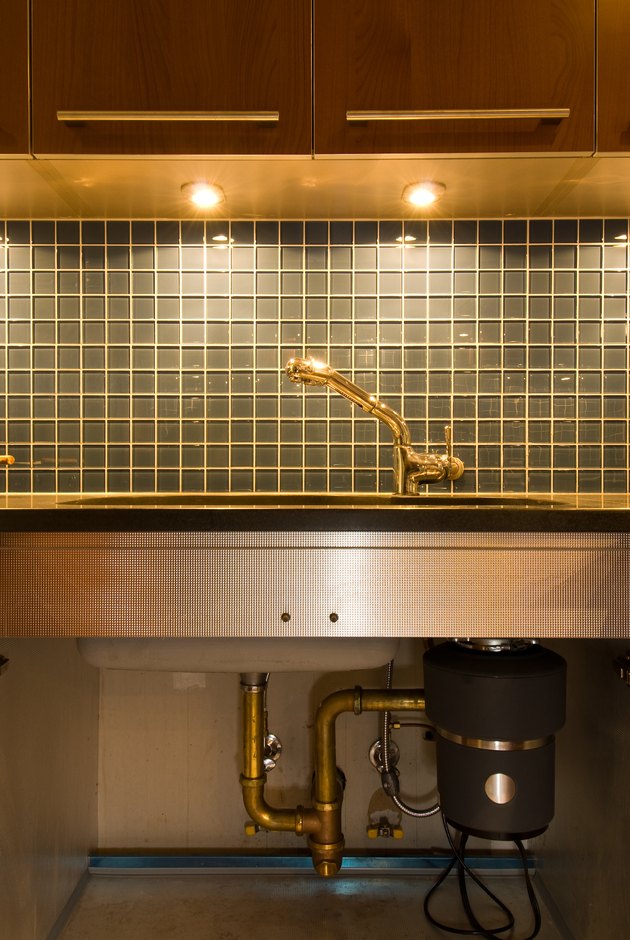

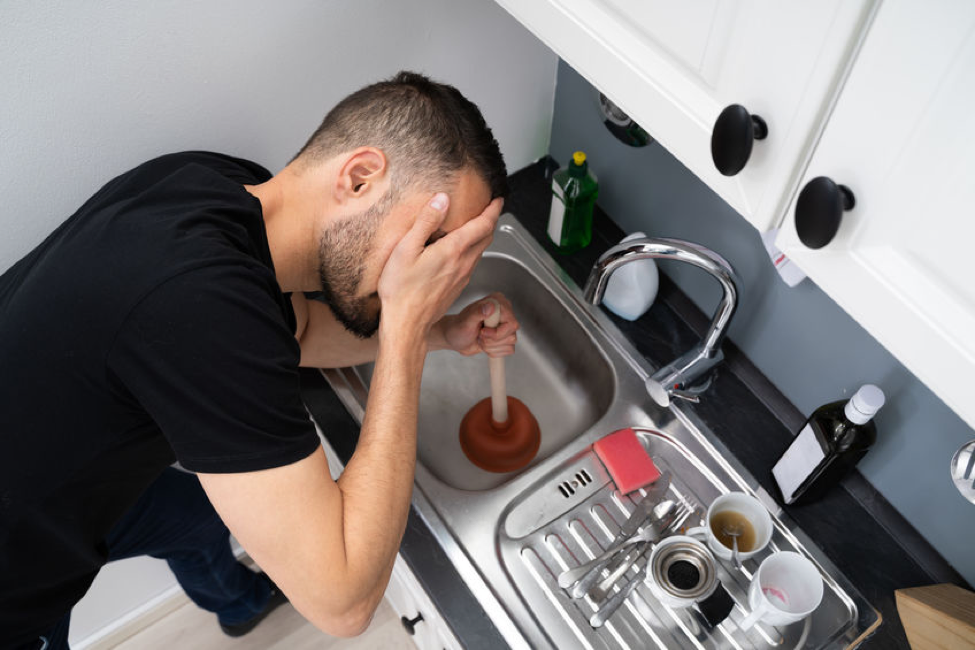

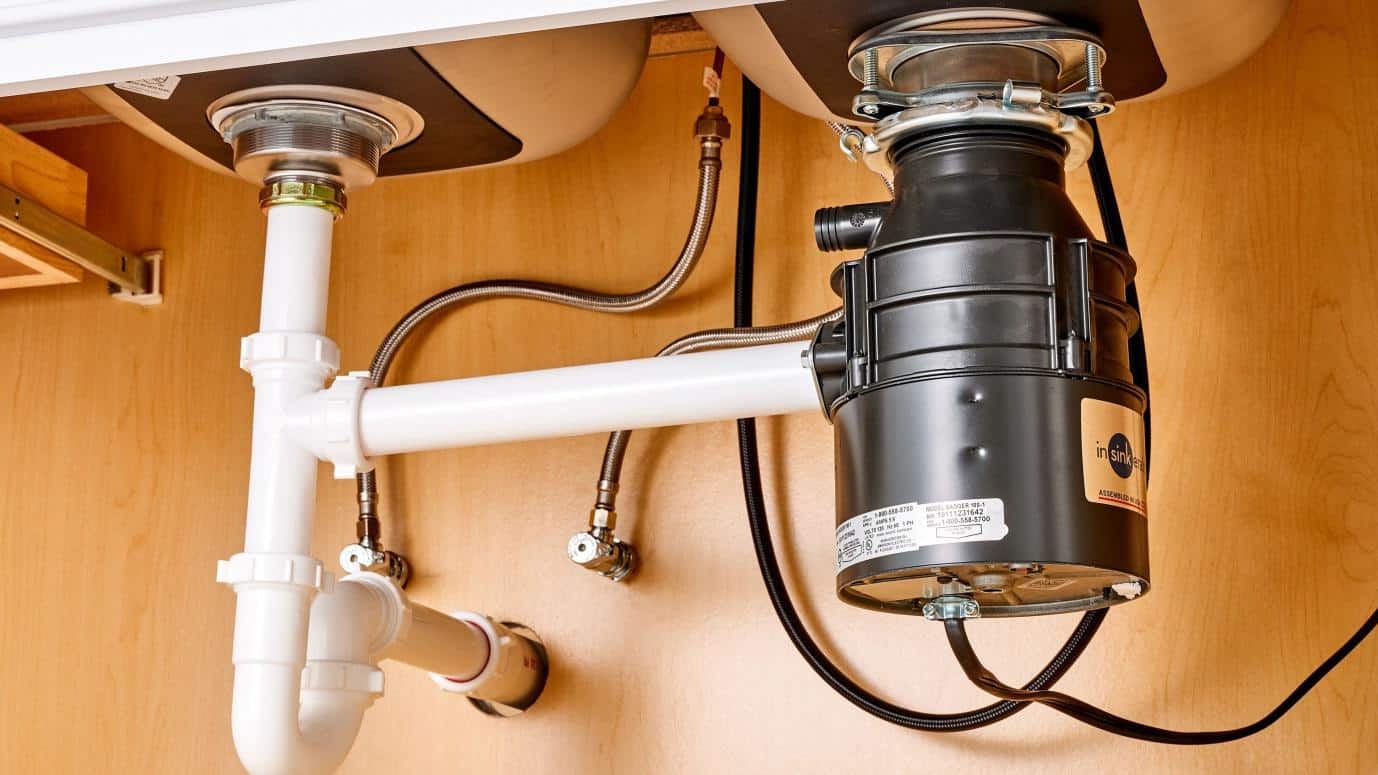

:max_bytes(150000):strip_icc()/Repair-a-Clogged-Garbage-Disposal-1824884-hero-cda06d4e6955472bbab06ed123bc5b99.jpg)



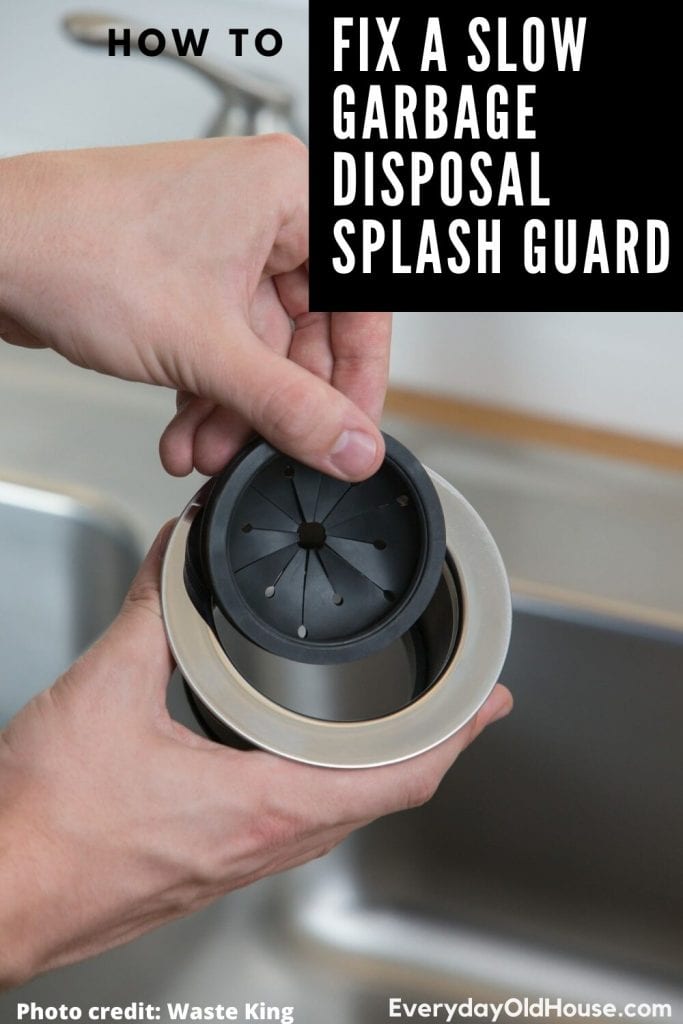
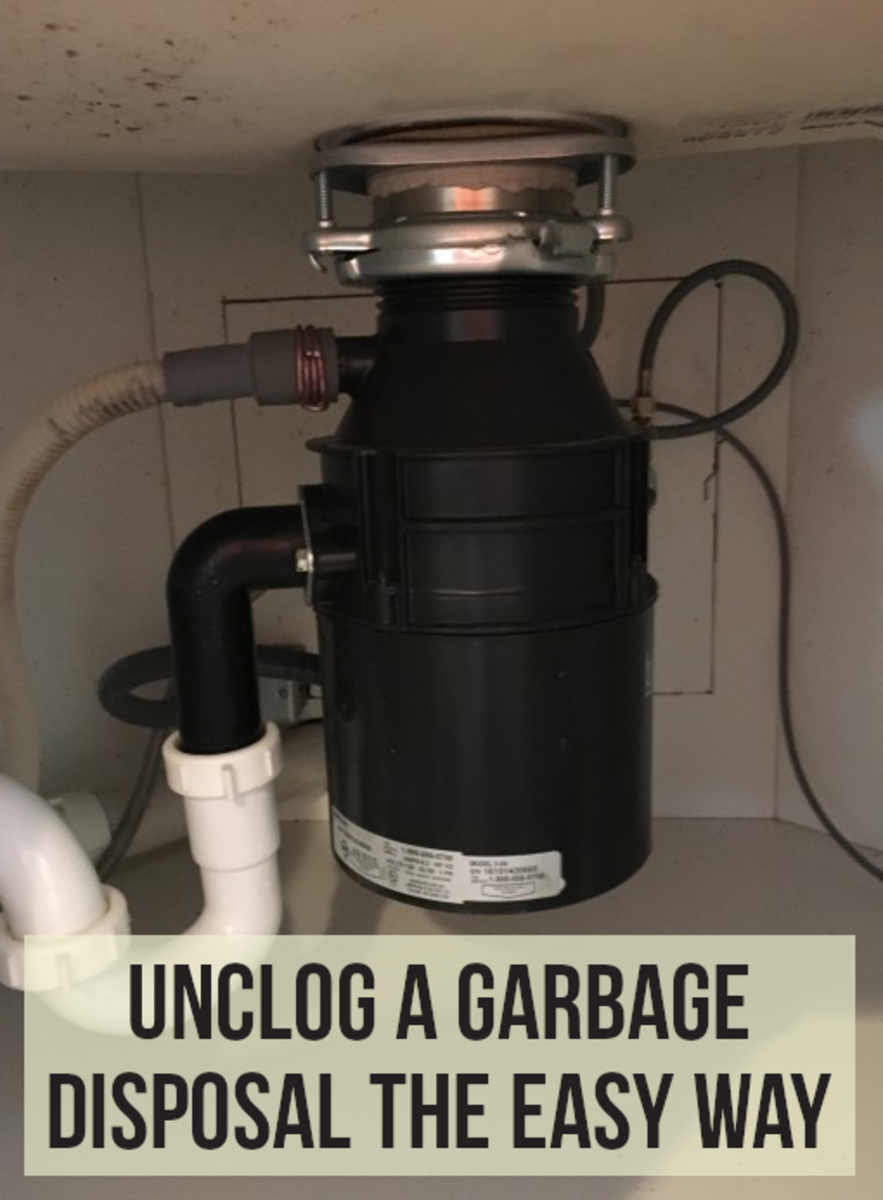
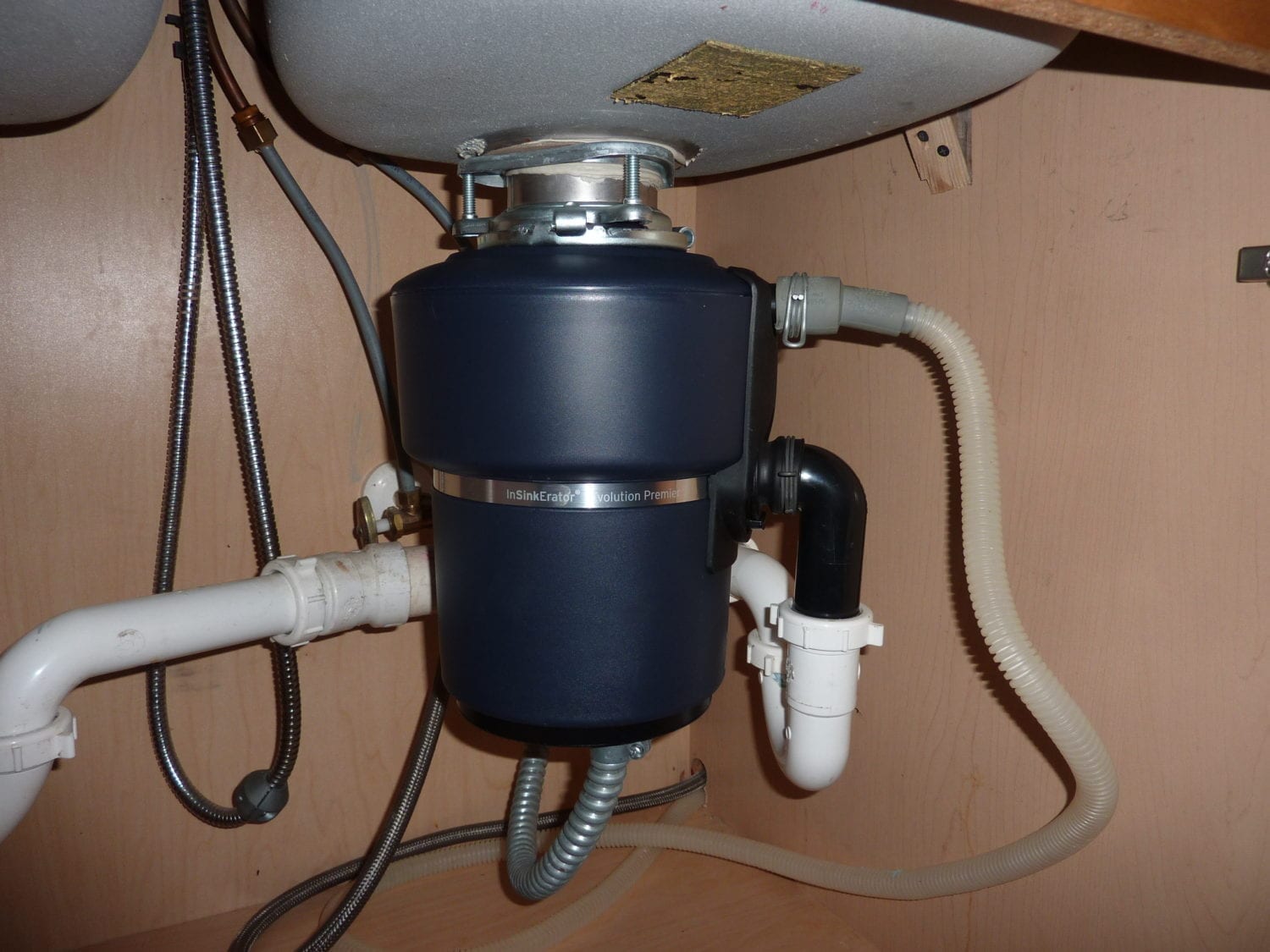

:max_bytes(150000):strip_icc()/gar_disp_expl_view-640-56a4a2d25f9b58b7d0d7effe-59b351b6d963ac0011978ee3.jpg)



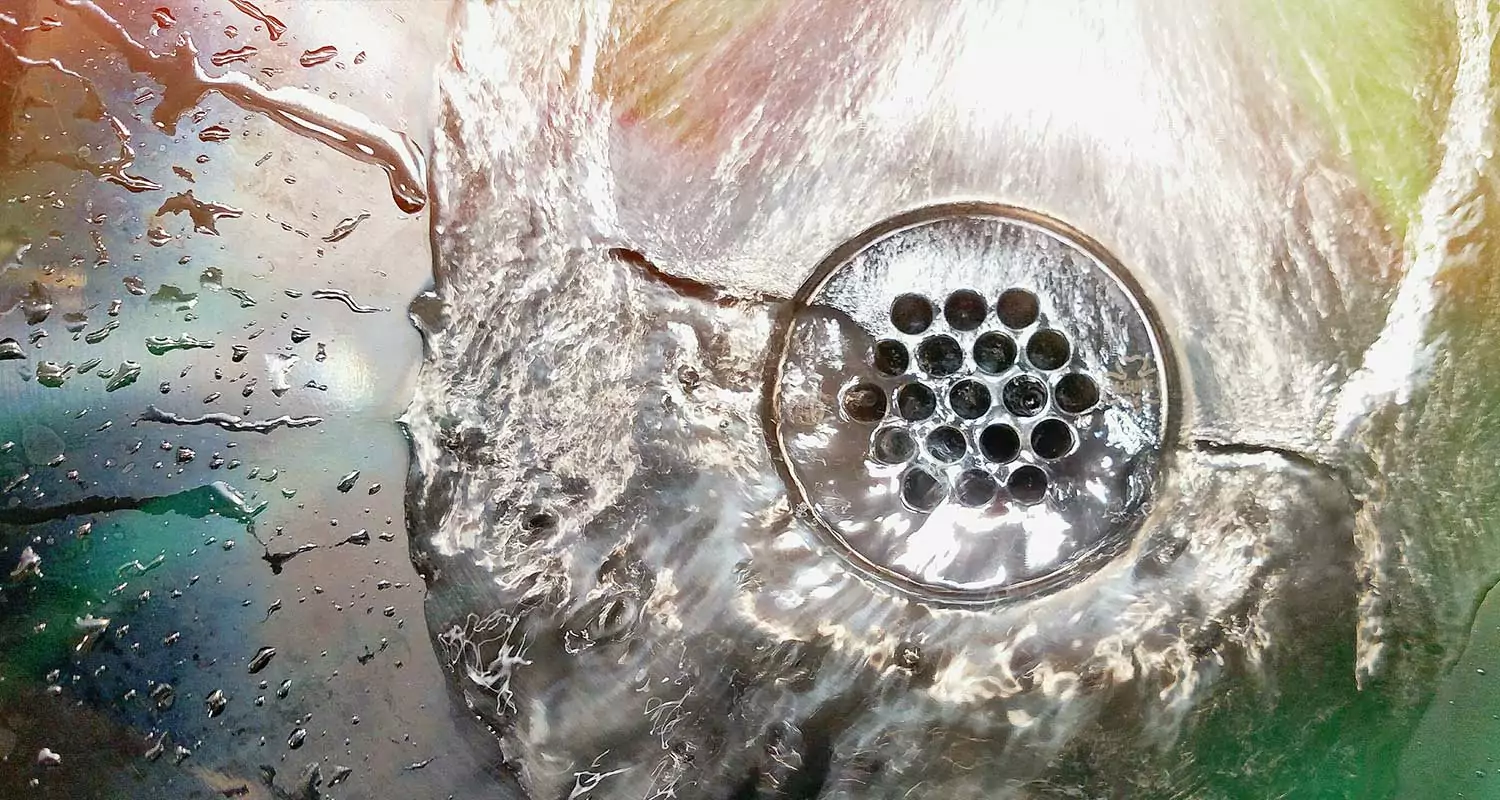

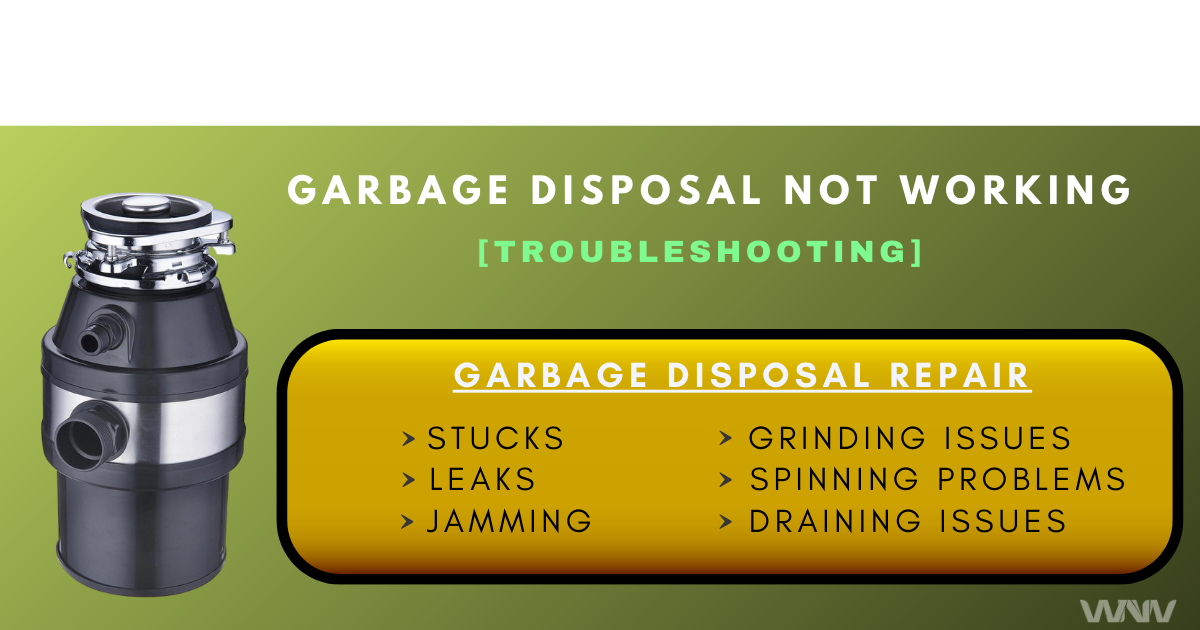



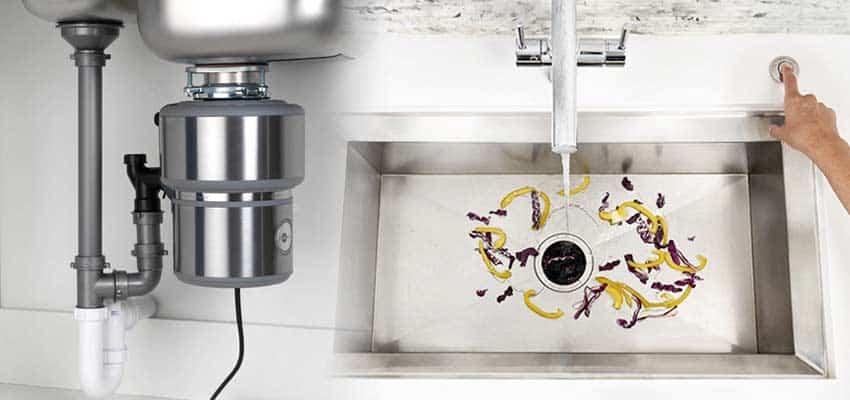
/Kitchen-sink-791172_1920-589cd9b25f9b58819c51b2e1.jpg)
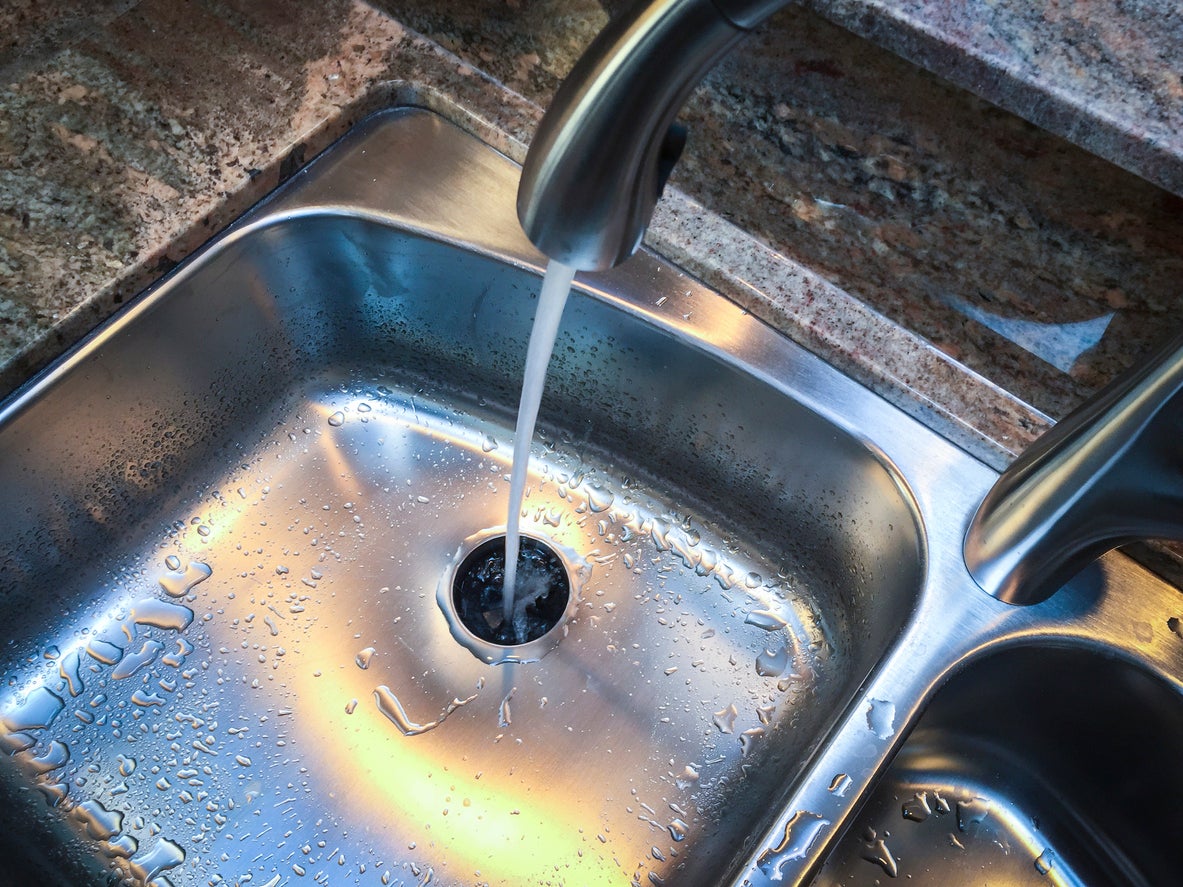





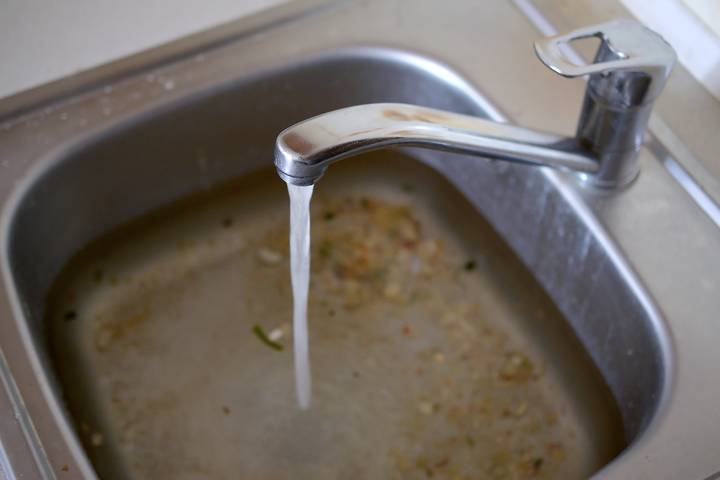




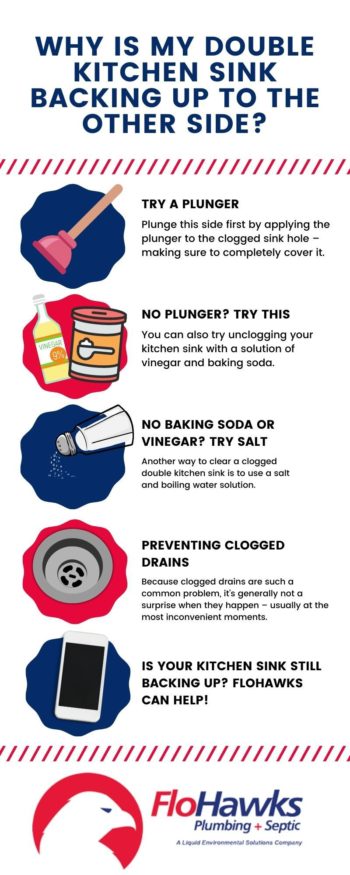
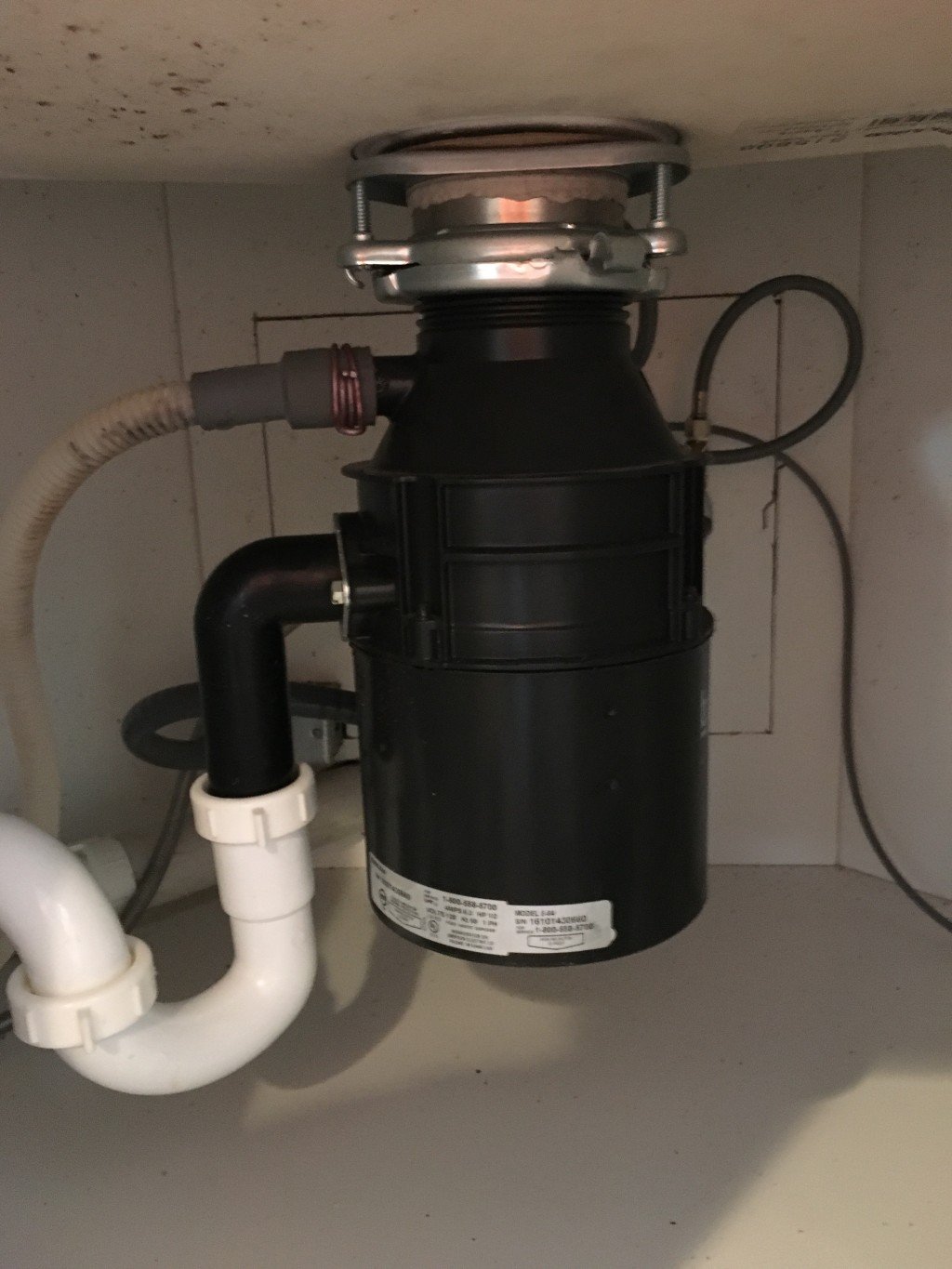
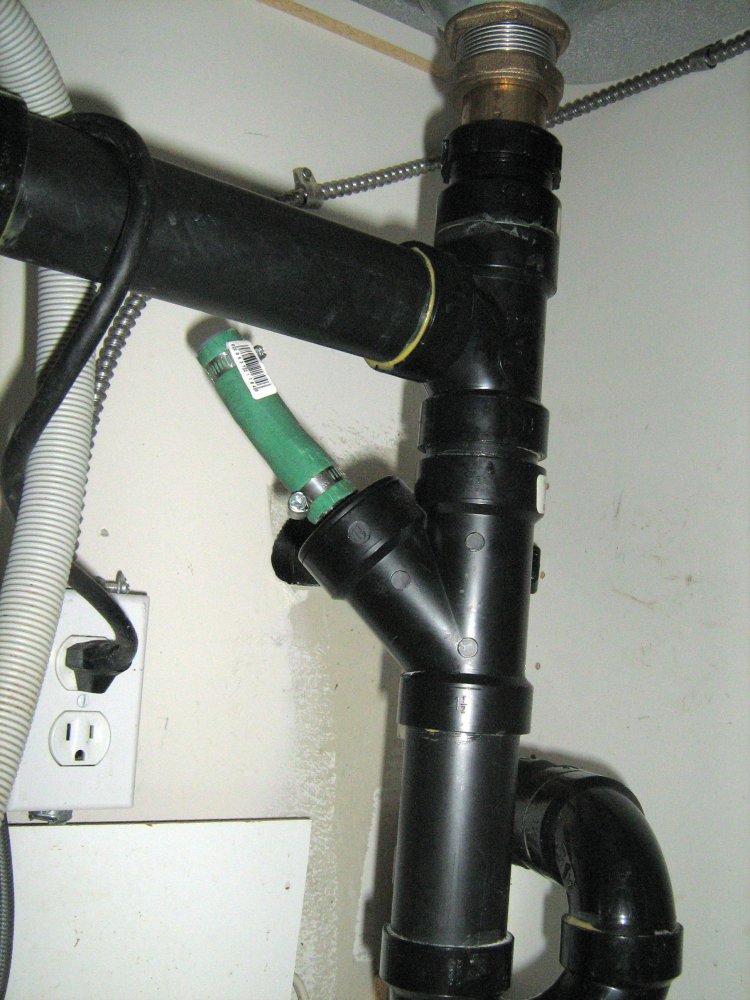






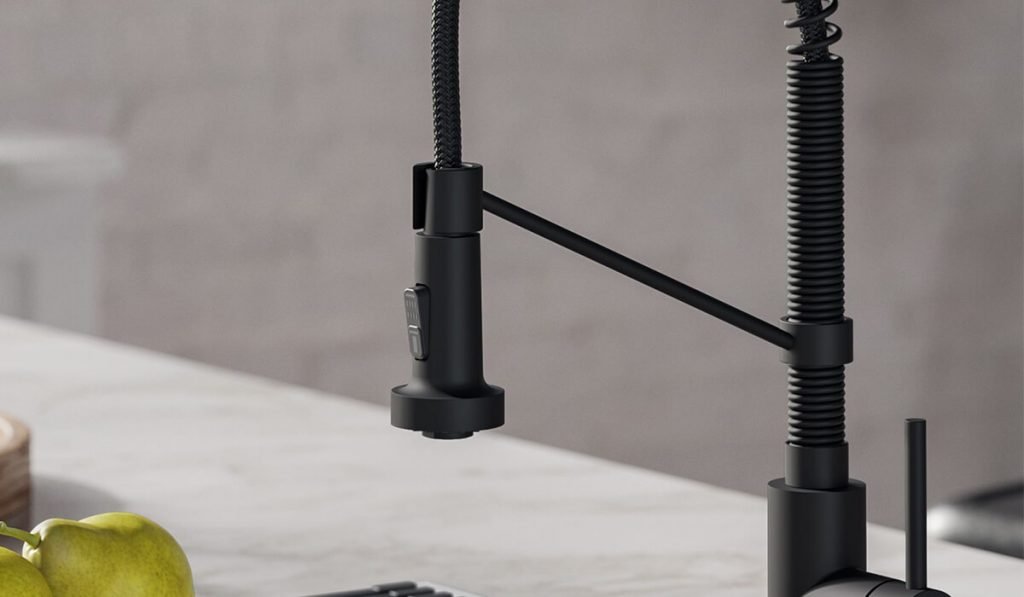

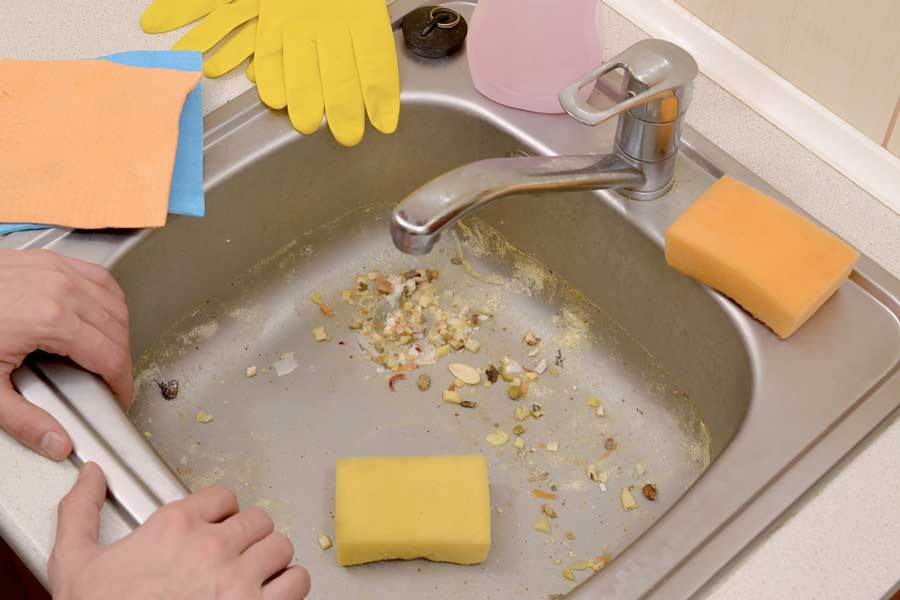

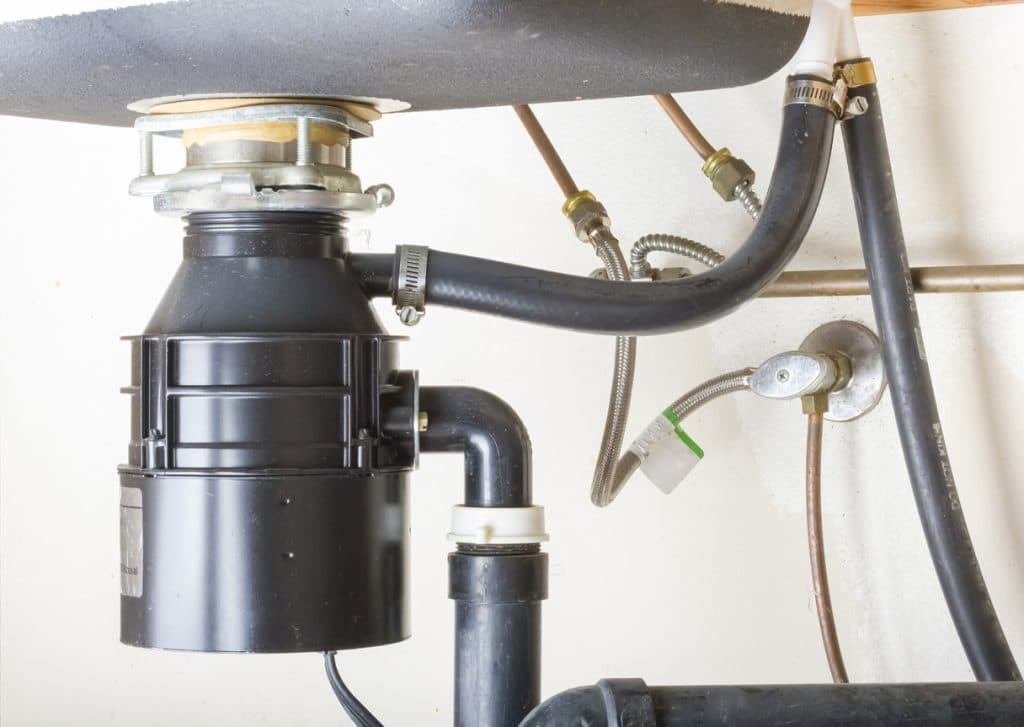

:max_bytes(150000):strip_icc()/GettyImages-843259360-93c1091816b64102859c3c845491f8cd.jpg)


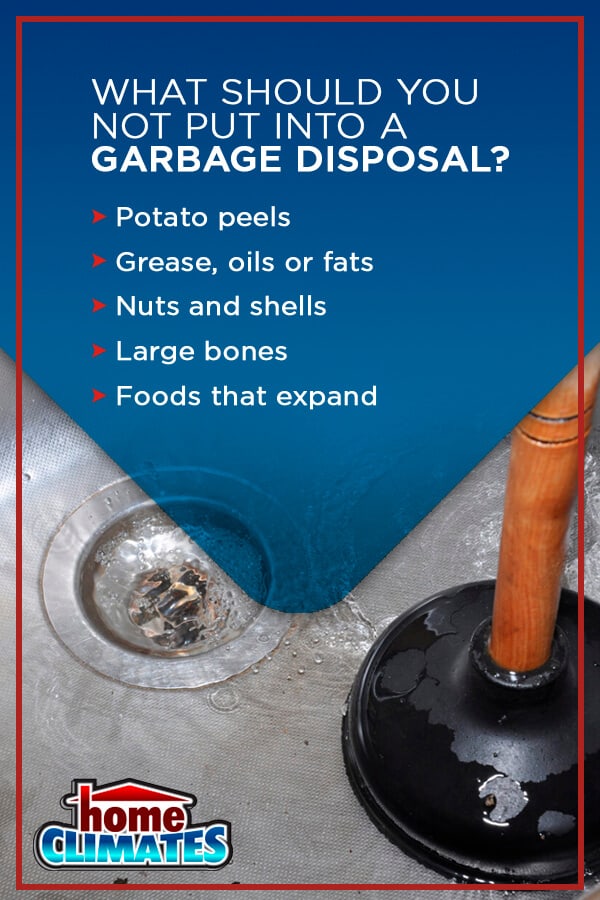

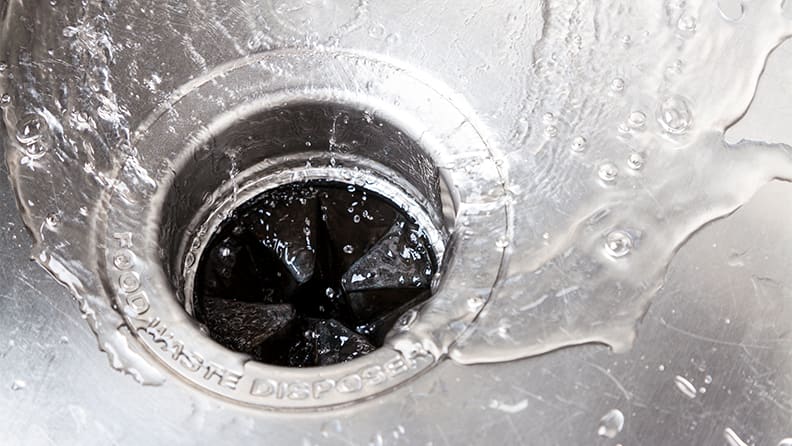



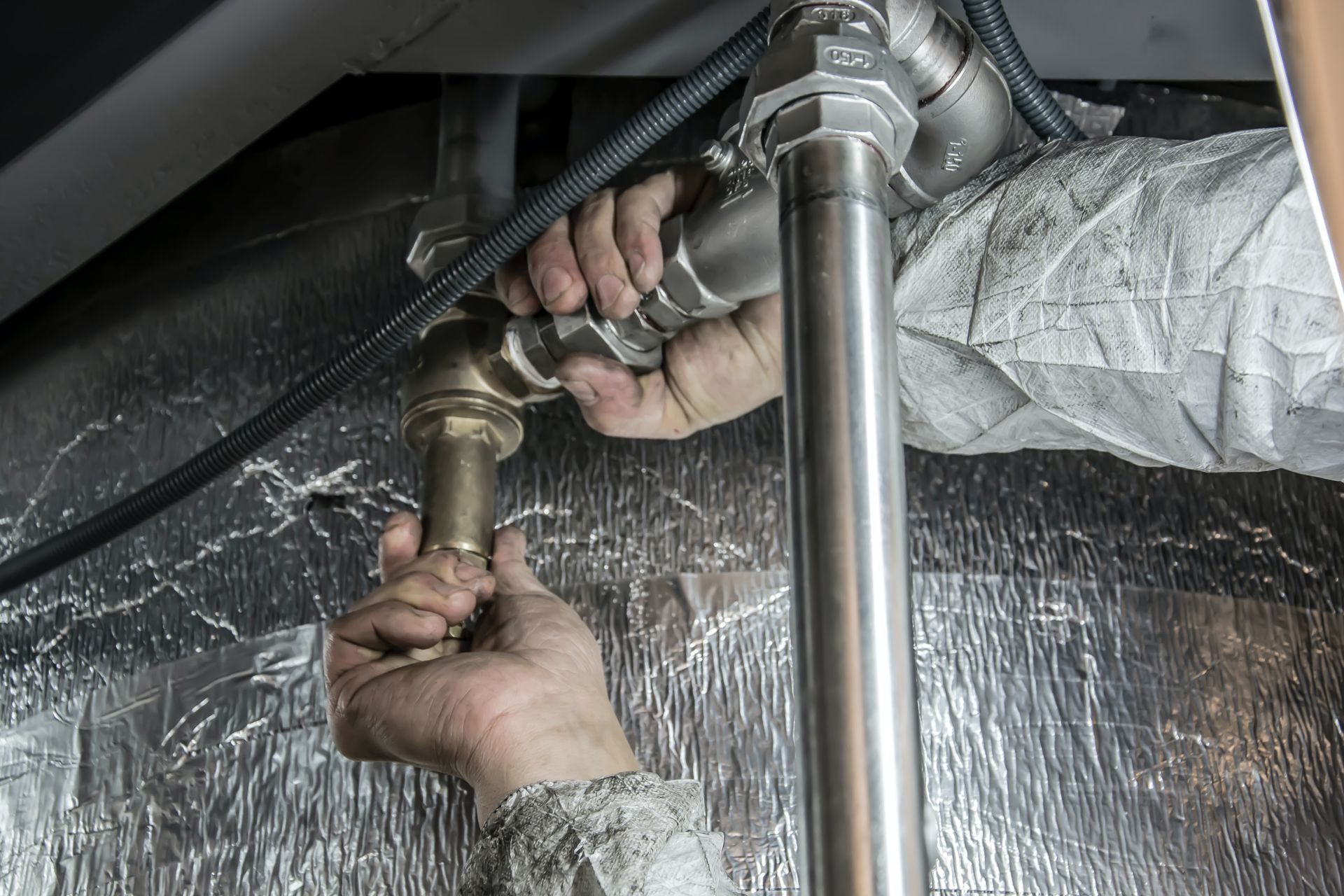
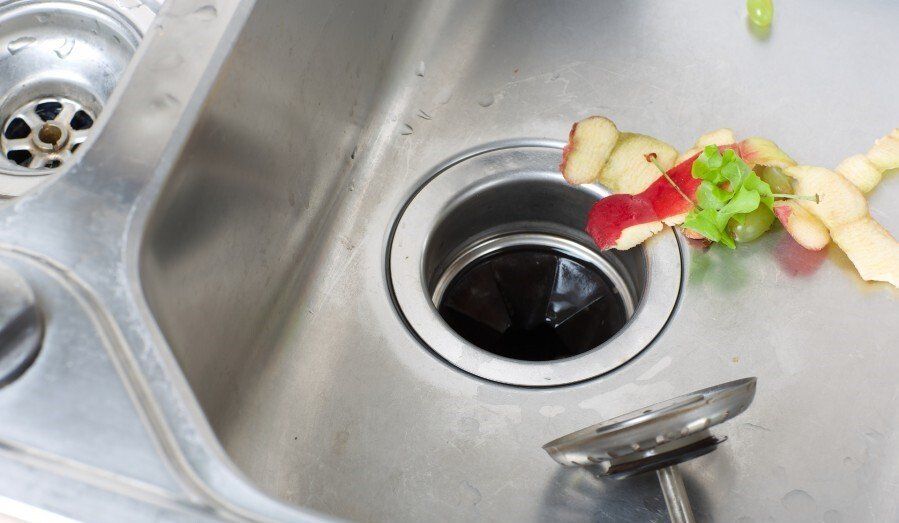

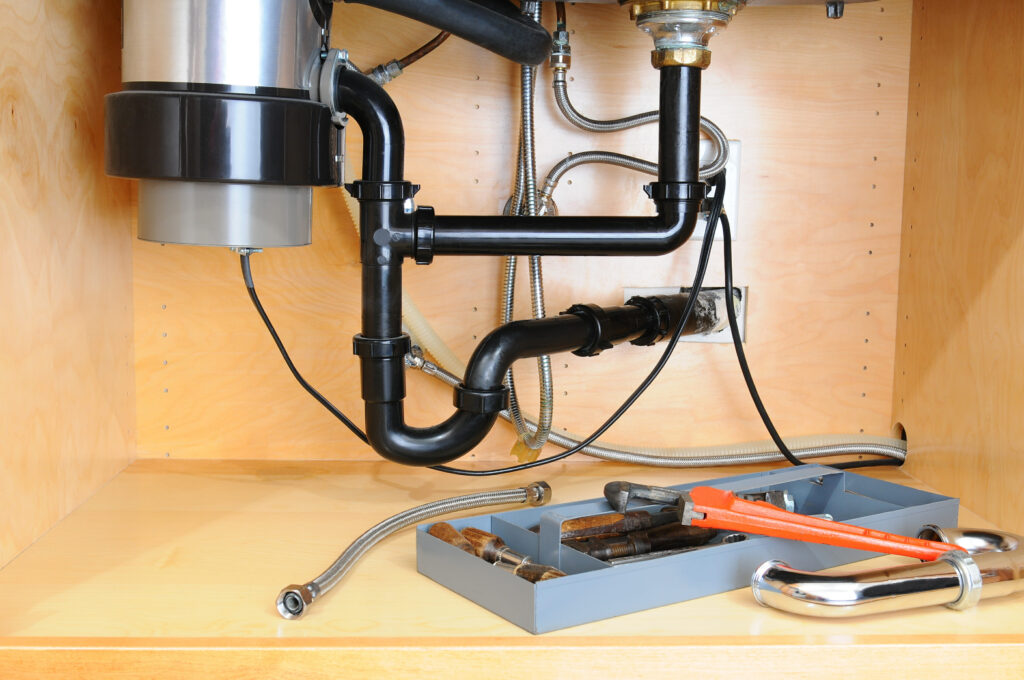

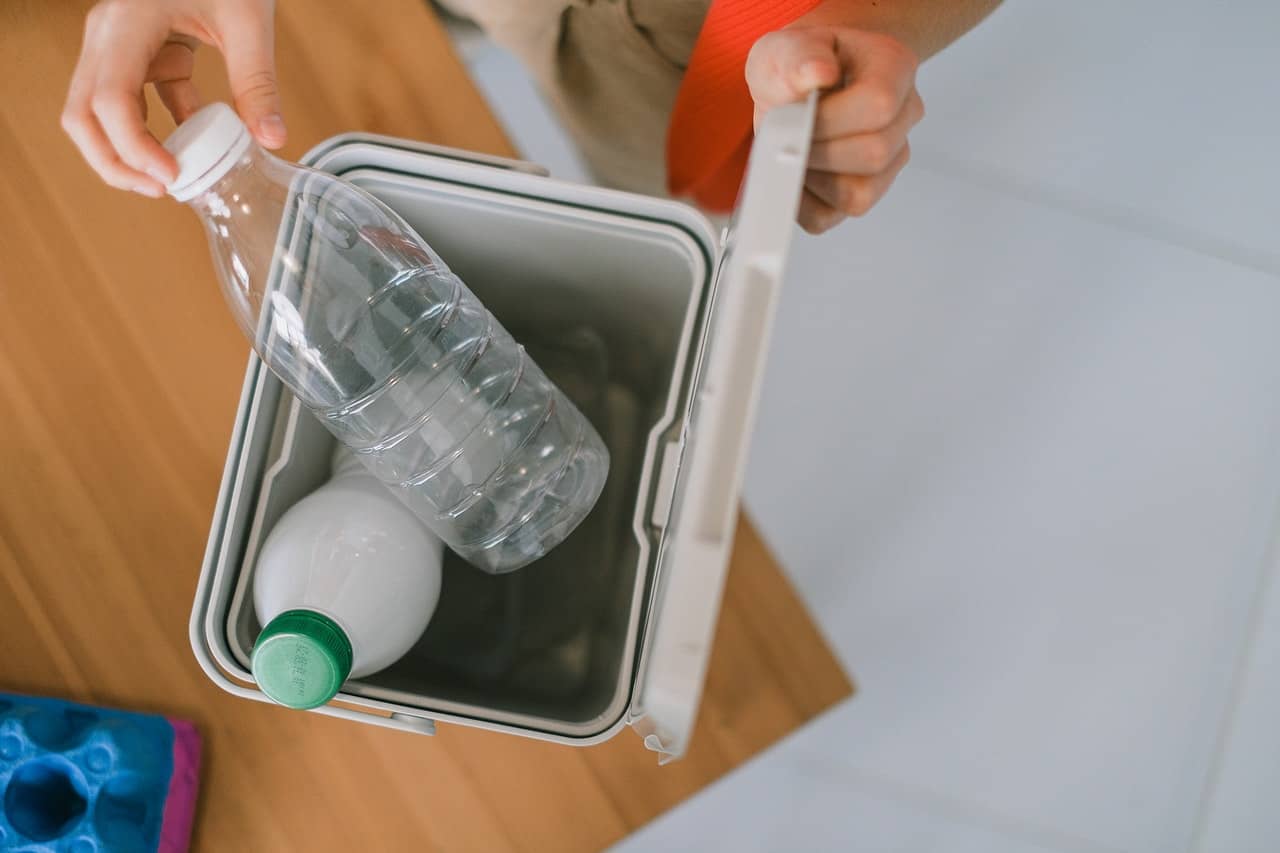


:max_bytes(150000):strip_icc()/how-to-install-a-sink-drain-2718789-hero-24e898006ed94c9593a2a268b57989a3.jpg)



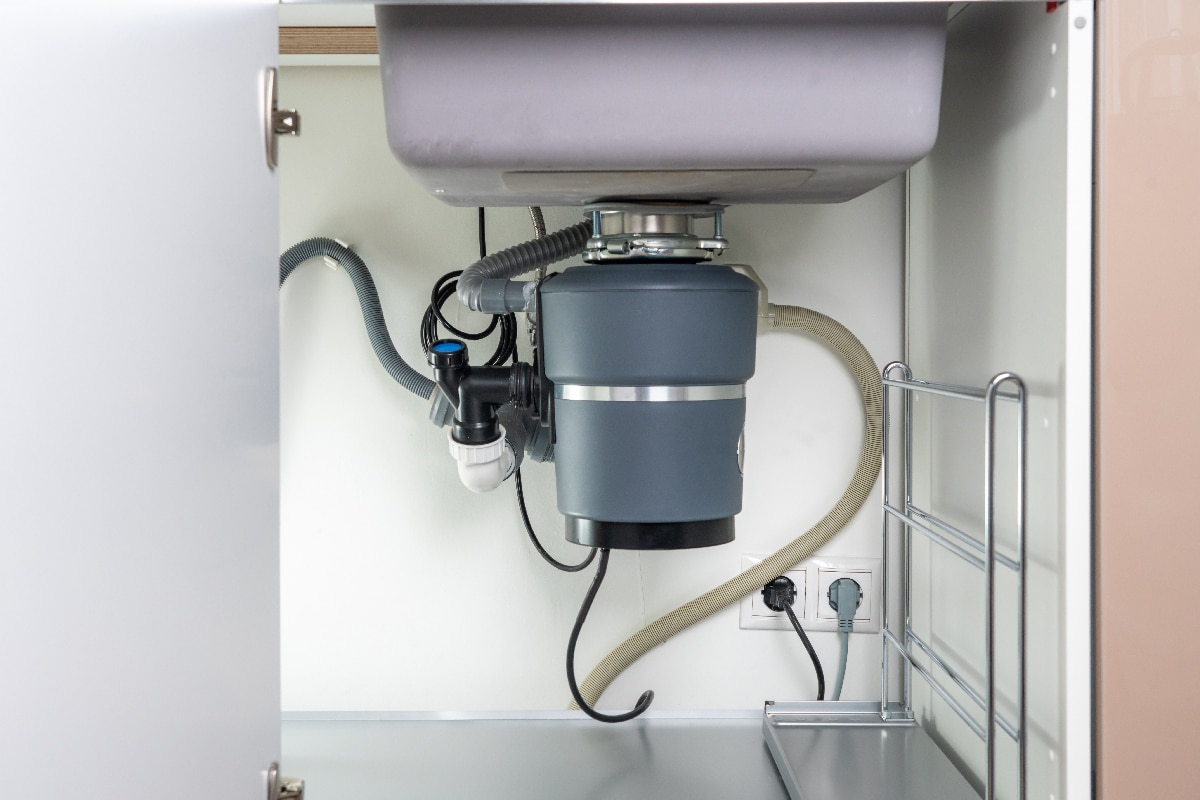



:max_bytes(150000):strip_icc()/DoubleKitchenSinkWithDisposal-8e67497ad1dc4e2bbcecc4f2117c03ee.jpg)
/how-to-install-a-sink-drain-2718789-hero-24e898006ed94c9593a2a268b57989a3.jpg)


